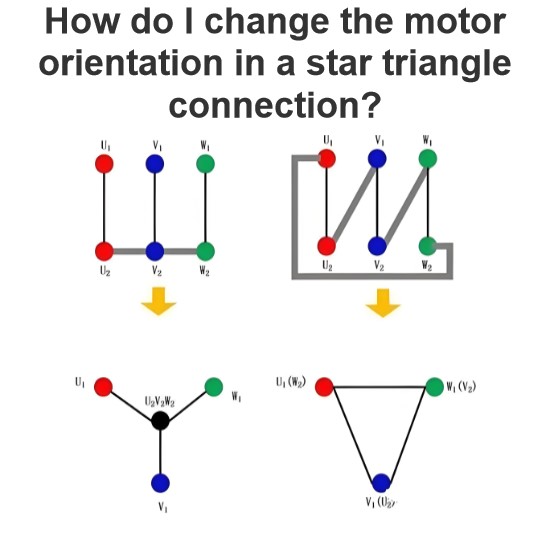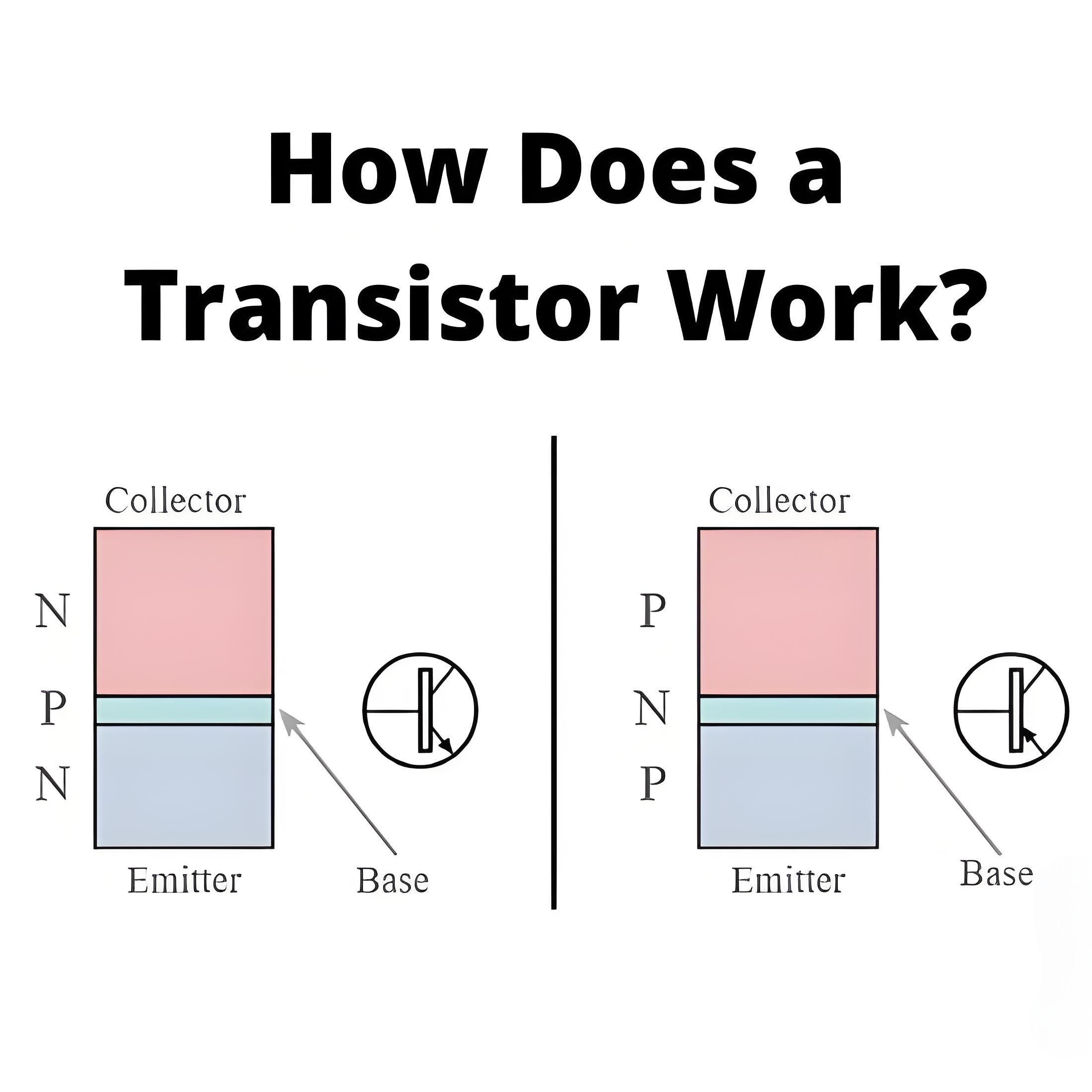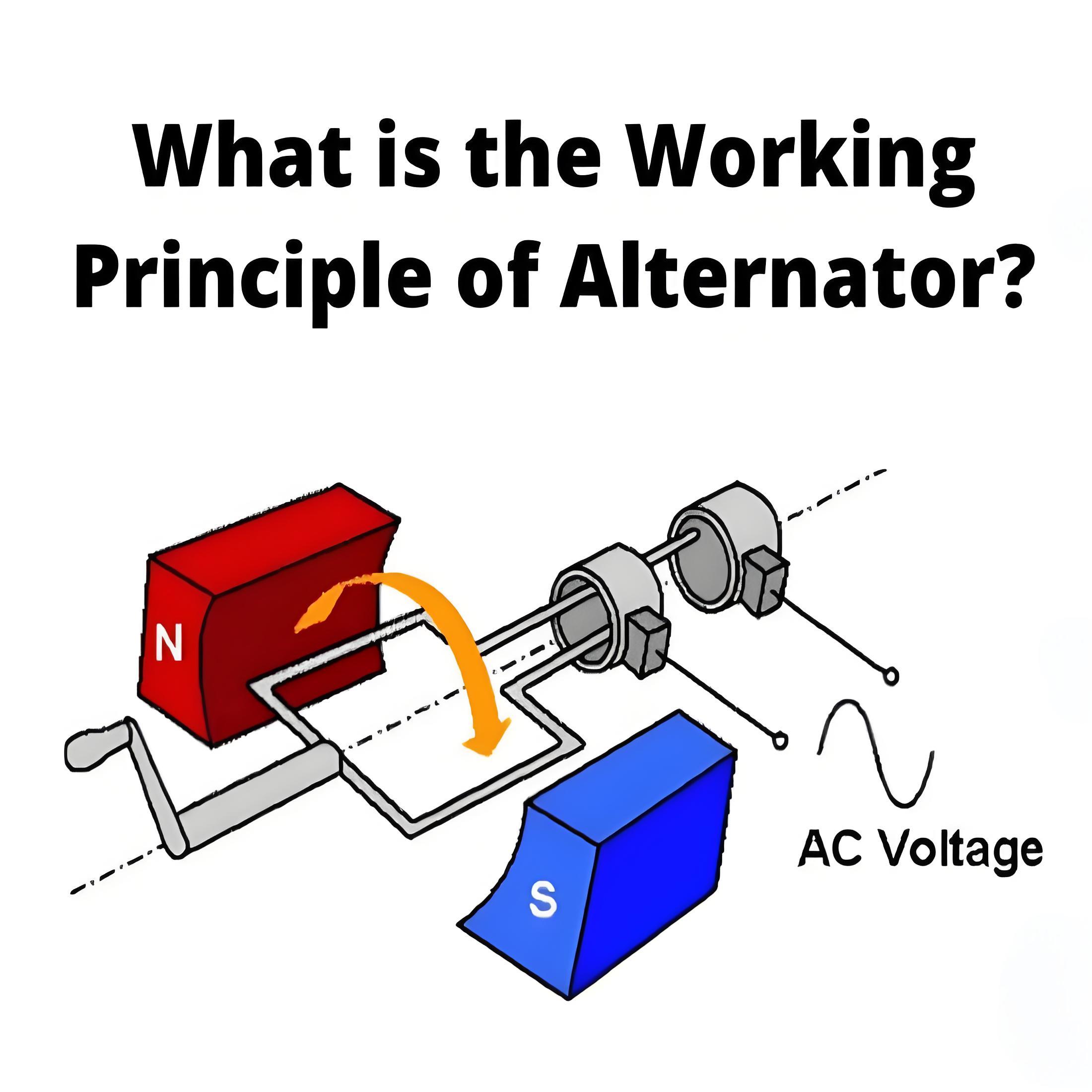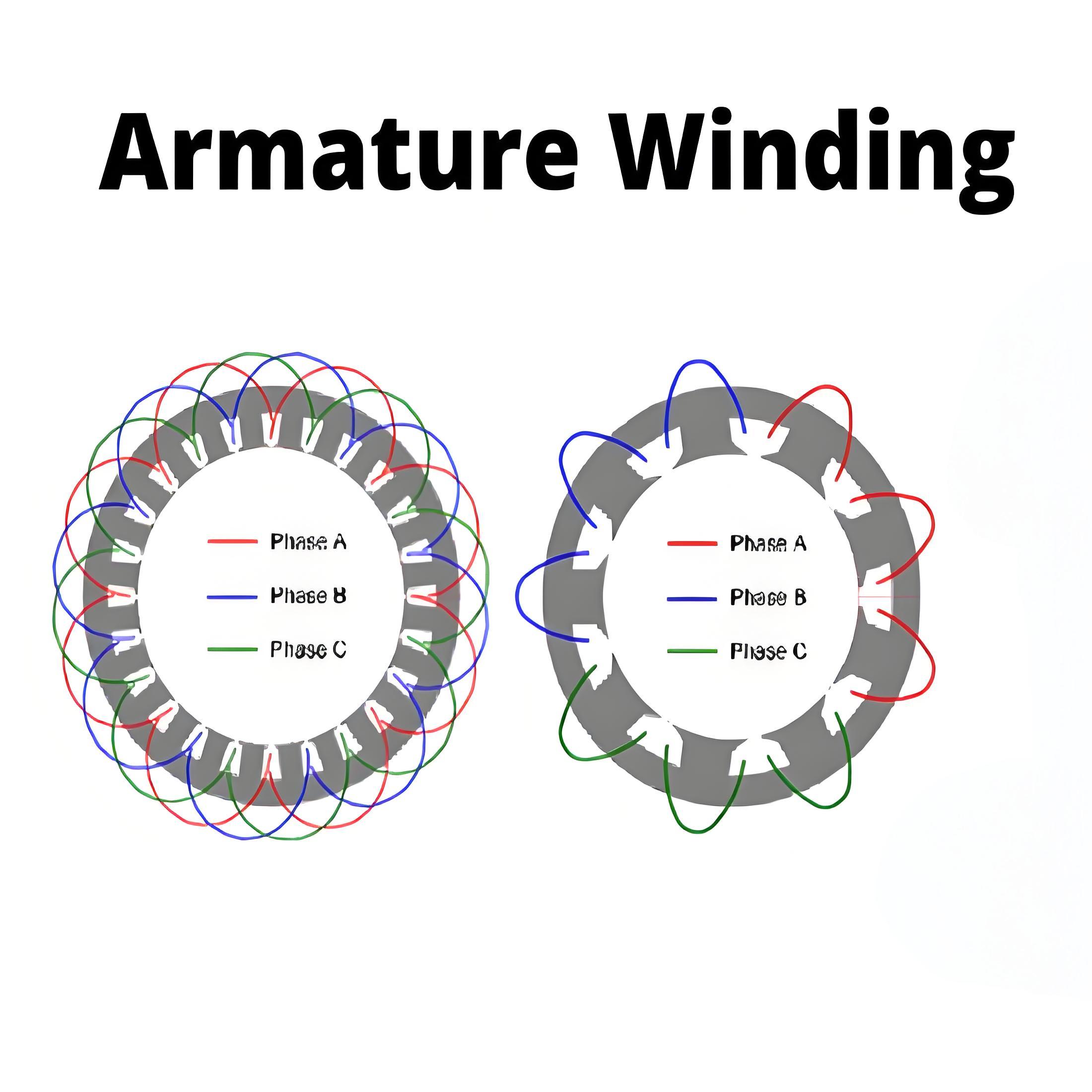How dose a Electric Motor Work?
How dose a Electric Motor Work?
Electric Motor Definition
An electric motor is a device that converts electrical energy into mechanical energy.
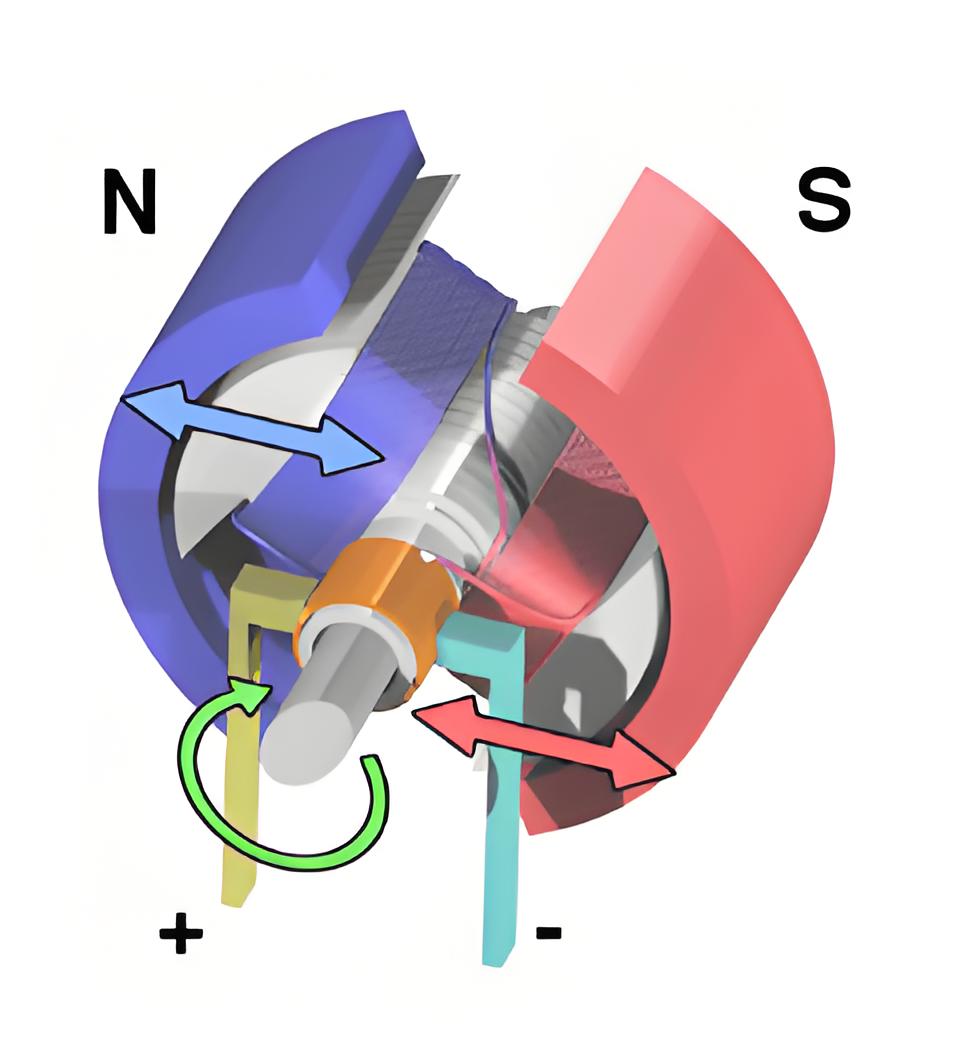
Motor Working Principle
Working principle of DC Motor mainly depends upon Fleming Left Hand rule. In a basic DC motor, an armature is placed in between magnetic poles. If the armature winding is supplied by an external DC source, current starts flowing through the armature conductors. As the conductors are carrying current inside a magnetic field, they will experience a force which tends to rotate the armature. Suppose armature conductors under N poles of the field magnet, are carrying current downwards (crosses) and those under S poles are carrying current upwards (dots). By applying Fleming’s Left hand Rule, the direction of force F, experienced by the conductor under N poles and the force experienced by the conductors under S-poles can be determined. It is found that at any instant the forces experienced by the conductors are in such a direction that they tend to rotate the armature.
Types of Motors
DC Motor
Induction Motor
Synchronous Motor
The Electricity Encyclopedia is dedicated to accelerating the dissemination and application of electricity knowledge and adding impetus to the development and innovation of the electricity industry.
